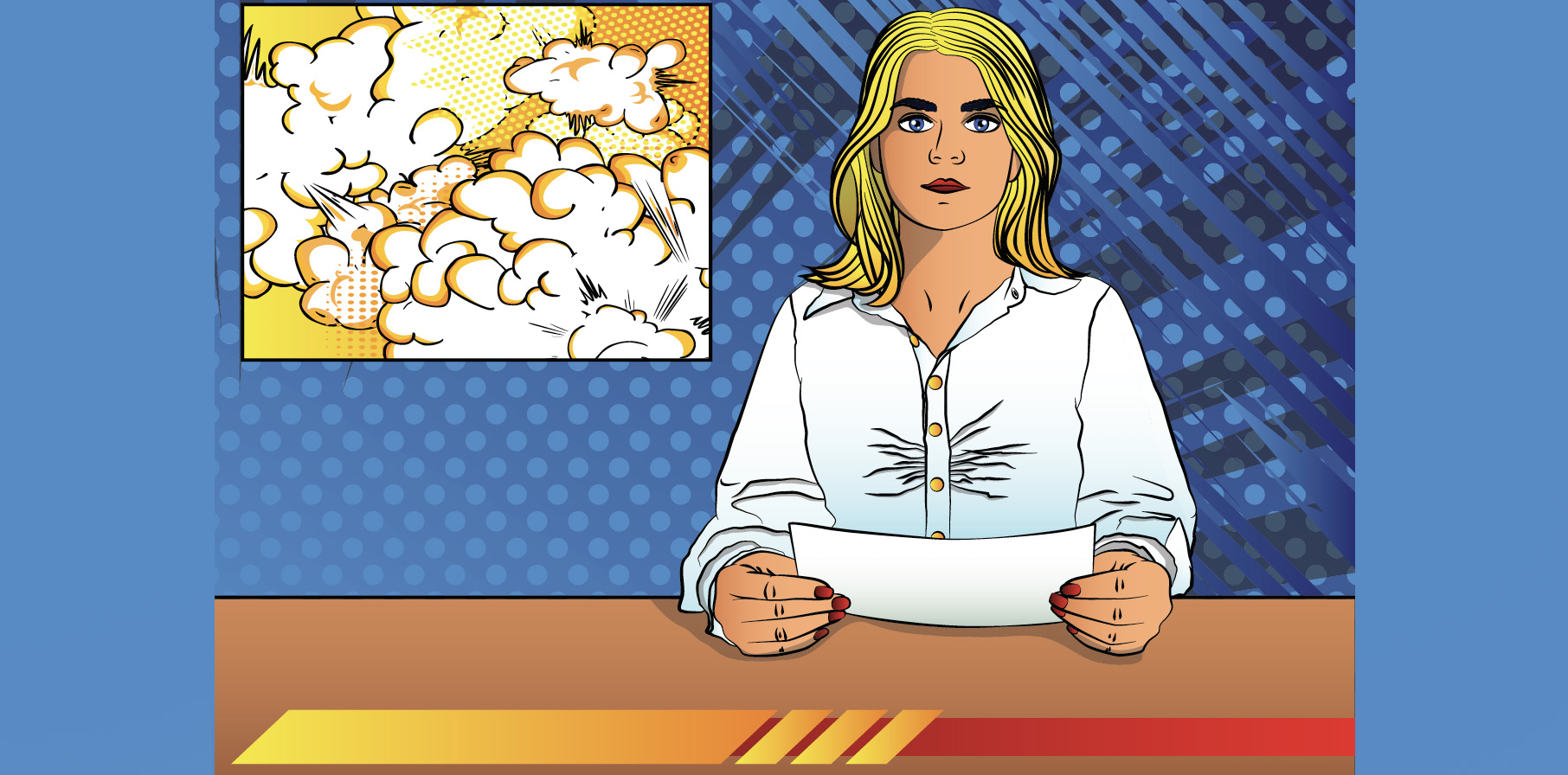Australia’s leading health journalists share their tips on how to stay healthily sceptical about COVID-19 research
The pandemic of 2020 has turned every reporter into a health reporter.
Journalists who have never received any health journalism training are now finding themselves having to make important decisions on how to sensibly cover COVID-19 stories.
With the first wave of COVID-19 behind us, we thought it was a good moment to take a breath and reflect on what high quality media coverage of a pandemic looks like.
In mid-June, hundreds of journalists and public relations officers attended a webinar jointly hosted by The Medical Republic and the confederation of Australian Skeptics to explore this topic.
During the one-hour event, three of the top health reporters in the country shared their tips and tricks and advice on how to best cover this public health crisis.
We were joined by Sophie Scott, the national medical reporter at the ABC; Dr Norman Swan, the host of RN’s Health Report and co-host of Coronacast; Melissa Davey, the medical reporter and chief of Melbourne bureau at Guardian Australia; and Gideon Meyerowitz-Katz, an epidemiologist and health blogger.
You can watch a recording of the webinar here: bit.ly/3erFLGl
The live webinar was moderated by Bianca Nogrady, a health and science journalist and the president of the Science Journalists Association of Australia.
Earlier this year, Bianca took up the challenge of becoming The Medical Republic’s COVID-19 daily correspondent and has been writing a live blog on the pandemic every day since late March (bit.ly/2Z2SngK).
One of the key lessons to come out of the webinar was that even the world’s leading scientists don’t know much about COVID-19 right now, and that’s OK. Science is slow; we won’t have the answers for a very long time.
Experts can help guide reporters, but they are not gods; they don’t know everything about this novel strain of coronavirus, and they can get things wrong. You can’t trust everything the experts say, particularly when they are contradicting each other. But that doesn’t mean we should turn away from the experts altogether.
“There are no experts in this particular virus,” said Melissa Davey.
“There are experts in coronavirus and viruses, and they are very useful. But because there is so much that’s novel about COVID-19, there are different views even in the same field. So, it’s not good enough to have one epidemiologist you rely on or one virologist. You really need to have a good mix. We don’t know who’s right or wrong. We just have a duty to know the range of views.
“The reality is the experts often don’t know,” she said. “An expert being wrong doesn’t mean that they’ve been misleading. They’re doing their best at a very, very difficult time as well.”
Context was everything in health reporting and explaining the limitations of a study was just as important as summarising the results, she said.
“I was quite shocked at how many journalists reported the doomsday scenarios without context without explaining how modelling works, without going to the people just as qualified on the other end of the spectrum who were playing it down a little bit,” she said.
Dr Norman Swan says the best journalists constantly tried to prove themselves wrong instead of believing they were right.
“Journalism, at its core, has a scientific method,” he said. “So, if you’re doing an investigative story, you don’t spend your time trying to prove your theory. You spend your time trying to find every way that your story could be wrong. You wake up in the middle of the night when you’re doing an investigative story and say, ‘how could this be wrong? I can’t possibly be right’.”
Melissa Davey said it was easy to fall into the confirmation-bias trap.
“If you have something you want to report, it’s very easy to find evidence supporting that,” she said. “It’s very easy to find evidence that we should close schools tomorrow and keep them shut.
“But there were actually a lot of epidemiologists saying to me: ‘It’s not as simple as that and here’s why’. And some of that nuance got lost in in the discussion. And to even suggest that there are some reasons why schools might remain open, suddenly it meant that you wanted teachers to die. Yes, ridiculous.”
The flurry of COVID-19 research activity this year has been impressive. But, in the rush to make sense of this virus, even the world’s leading medical journals have made embarrassing blunders and had to retract papers within weeks of the research making headline news.
A big dilemma for reporters (and for medical professionals) has been that we don’t know who or what to believe.
“The risk is that [you assume] because it’s the New England Journal of Medicine, it must be right,” Dr Swan said. “I mean, they published garbage last week on a prevention trial and hydroxychloroquine.”
Overall, COVID-19 had created a pretty disorienting environment for health communicators and sometimes the wisest decision was to kill the story, Sophie Scott said.
“It’s difficult though, because we’re all time pressed,” she said. “It takes effort and time to not only cover the story and interview the people who have done the work, but then, on top of that, find someone else that you can trust who had nothing to do with the study who can say what they thought of it. And if they say, ‘the study’s crap’, then you need to kill it.
“Just have your bullshit radar up very, very high because you get lots of press releases about miracle cures and world firsts and breakthroughs, and most of them are not worth covering.”



